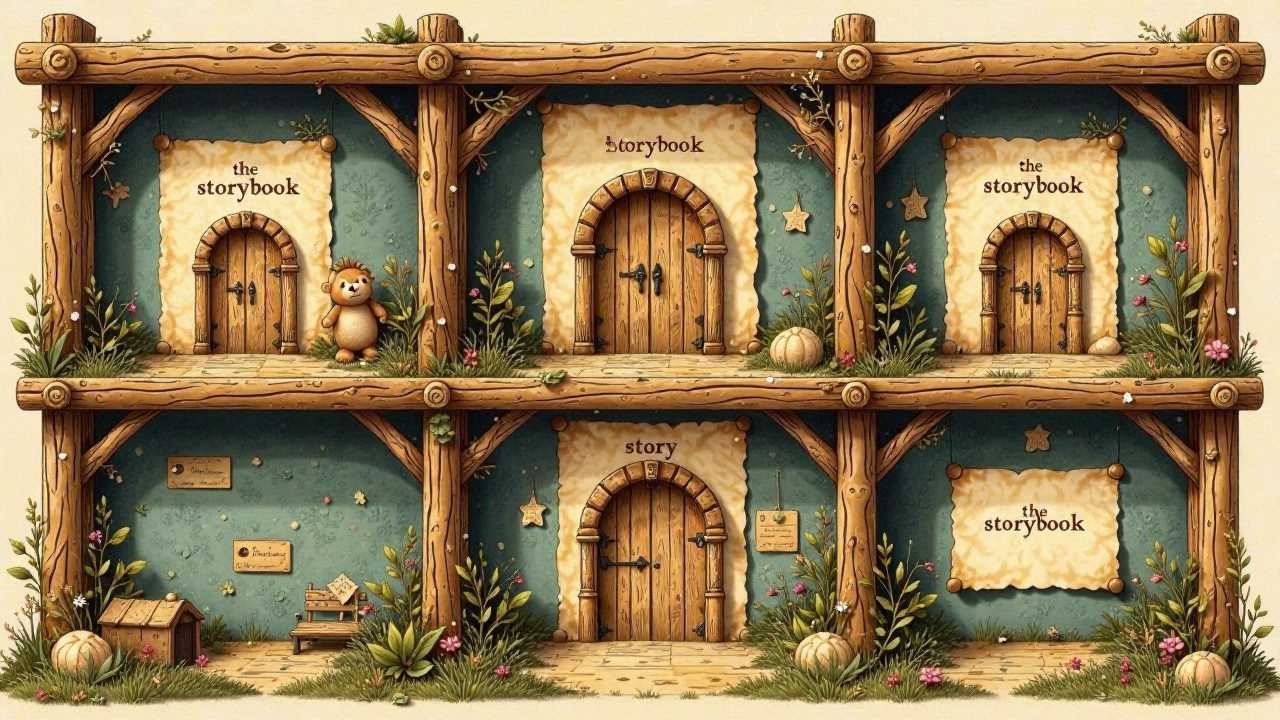
Understanding Story Beats
Story beats are the fundamental building blocks of any narrative. They serve as the milestones that guide the progression of a story, ensuring that it remains engaging and coherent. Each beat represents a significant moment in the plot that contributes to the overall narrative arc. By mastering story beats, writers can create a compelling plot structure that resonates with readers and keeps them invested in the journey of the characters.
Crafting a Compelling Plot Structure
A well-defined plot structure is essential for any successful story. It provides a framework that helps writers organize their ideas and maintain a logical flow. The classic three-act structure is a popular method, consisting of the setup, confrontation, and resolution.
1. Setup: Introduce the characters, setting, and the central conflict. This is where the audience becomes familiar with the world of the story and the stakes involved.
2. Confrontation: This act heightens the tension as characters face obstacles that challenge their goals. It is crucial to develop the conflict resolution during this phase, as it drives the narrative forward and keeps readers engaged.
3. Resolution: The climax occurs, and the conflict reaches its peak. The characters must confront their challenges, leading to a resolution that ties up loose ends and provides closure.
By carefully structuring these acts, writers can ensure that their story beats align with the overall plot, creating a satisfying experience for the reader.
Dynamic Character Development
Character development is another vital aspect of storytelling. Characters should evolve throughout the narrative, facing challenges that force them to grow and change. This evolution is often driven by the theme exploration of the story.
To create dynamic characters, consider the following:
- Backstory: Provide a rich backstory that informs the character's motivations and desires. This depth makes them relatable and believable.
- Goals and Motivations: Clearly define what each character wants and what drives them. This clarity will guide their actions and decisions throughout the story.
- Flaws and Strengths: Characters should possess both strengths and weaknesses. This balance makes them more human and relatable, allowing readers to connect with their struggles.
- Transformation: Ensure that characters undergo a transformation by the end of the story. This change can be subtle or dramatic, but it should reflect the challenges they faced and the lessons learned.
By focusing on character development, writers can create memorable and engaging protagonists that resonate with readers.
Engaging Narrative Arcs
The narrative arc is the trajectory of the story, encompassing the rise and fall of tension throughout the plot. A well-crafted narrative arc keeps readers invested in the outcome and allows for effective pacing techniques.
To create an engaging narrative arc, consider the following elements:
- Exposition: Introduce the characters and setting, providing necessary background information to ground the reader in the story.
- Rising Action: Build tension through a series of events that complicate the central conflict. This phase should include various story beats that escalate the stakes and deepen the reader's investment.
- Climax: The turning point of the story where the main conflict reaches its peak. This moment should be intense and emotionally charged, leaving readers on the edge of their seats.
- Falling Action: After the climax, the story begins to wind down. This phase addresses the consequences of the climax and leads towards resolution.
- Denouement: The final resolution of the story where remaining questions are answered, and the characters' fates are revealed.
By carefully crafting the narrative arc, writers can maintain a rhythm that keeps readers engaged from start to finish.
Conflict Resolution Techniques
Conflict is the heart of any story, driving the plot and character development. Effective conflict resolution techniques are essential for creating a satisfying narrative. Here are some strategies to consider:
- Internal Conflict: Characters often face internal struggles that reflect their desires and fears. Addressing these conflicts can lead to profound character growth and a more engaging story.
- External Conflict: This involves the challenges characters face from outside forces, such as antagonists or societal pressures. Ensure that these conflicts are compelling and relevant to the characters' goals.
- Resolution through Action: Characters should actively engage in resolving conflicts rather than relying on external factors. This agency empowers characters and makes their journeys more impactful.
- Thematic Resolution: Tie the resolution of conflicts to the overarching themes of the story. This connection reinforces the narrative's message and leaves a lasting impression on readers.
By employing these conflict resolution techniques, writers can create a more dynamic and engaging narrative that resonates with readers.
Pacing Techniques for a Captivating Story
Pacing is crucial in maintaining reader interest and ensuring that the story flows smoothly. Effective pacing techniques can enhance the impact of story beats and keep the audience engaged. Consider the following strategies:
- Varying Sentence Lengths: Use a mix of short and long sentences to create rhythm. Short sentences can heighten tension, while longer sentences can provide depth and detail.
- Scene Breaks: Utilize scene breaks to shift perspectives or timeframes. This technique can create suspense and keep readers on their toes.
- Cliffhangers: End chapters or sections with cliffhangers to compel readers to continue. This technique builds anticipation and keeps the momentum going.
- Balancing Action and Reflection: Alternate between action-packed scenes and moments of reflection. This balance allows readers to process events while maintaining engagement.
By mastering pacing techniques, writers can create a captivating story that holds readers' attention from beginning to end.
Mastering story beats is essential for any writer looking to craft compelling narratives. By focusing on plot structure, character development, narrative arcs, conflict resolution, theme exploration, and pacing techniques, we can create stories that resonate deeply with readers. Each element plays a crucial role in building a rich and engaging narrative that captures the imagination and leaves a lasting impact. Embrace these principles, and watch your storytelling flourish.
 Writing TipsCreative WritingJournalingSketching TechniquesBuying GuidesPrivacy PolicyTerms And Conditions
Writing TipsCreative WritingJournalingSketching TechniquesBuying GuidesPrivacy PolicyTerms And Conditions
